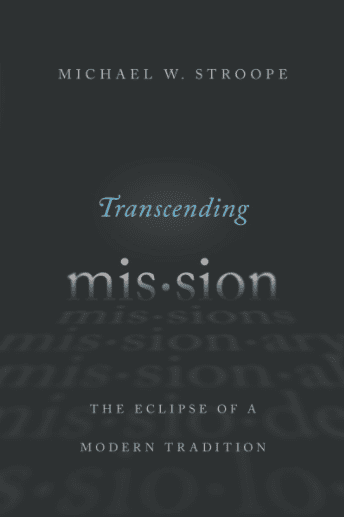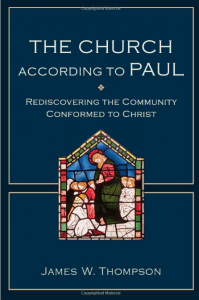The core of the problem for Alan Hirsch, in his The Forgotten Ways, is Christendom. That is, the Church created by Constantine and whose ways simply haven’t changed all that much since the 4th Century. The solution, Hirsch thinks, is the emerging church. Let me explain.
Here are my questions: Overall, do you think this story — from Christendom back to the apostolic genius — is occurring? Do you think these numbers are legitimate? Do you think Christendom’s modes are prevalent and inconsistent with the Apostolic Genius or threatened by the emerging modes? Is the problem defining emerging not the “chaos” that inevitably occurs in new movements that are grassroots and decentralized? What will emerge out of this chaos?
Before I get to the characteristics he finds in Christendom, I want to point to the significance of recent church statistics about just how big this “emerging” movement really is. We know Barna’s numbers are that there are somewhere between 5 and 20 million Christians in North America who are pursuing alternative forms of spiritual formation. Dr. David Barrett and Todd Johnson, in their study, conclude there are 125 million Christians without a church. Hirsch taps into this number to argue that it is here that the renewal of the Church is occurring. There are over 20,000 independent movements and networks among such Christians. There is a social-scientific word for this: “chaos.” But, this is a good term for many.
What are these emerging Christians like?
1. They reject historical denominations and in general centralization;
2. They gather in communities of various sizes;
3. They seek a life focused on Jesus;
4. They seek a more missionary lifestyle and are one of the fastest growing movements.
Hirsch says it is an “unorganized Jesus movement-in-the-making.”
Hirsch also contends the problem in seeing this is that we are stuck in a Christendom mode and can only see what fits into our categories. What are the categories of Christendom?
1. Locus of gathering is a church building.
2. Leadership ethos is by institutionally ordained clergy, the professional guild.
3. Organizational structure is top-down.
4. Means of grace mode is “grace through sacraments in the church.”
5. Position in society is perceived to be central to society and culture.
6. Missional mode is attractional and extractional.
True enough, he finds the Apostolic Genius and the emerging church to have other characteristics; I’ll focus here on the emerging modes:
1. Locus of gathering: rejects need for “church” buildings.
2. Leadership: non-institutional, 5-fold gifts of Spirit (Eph 4), pioneering-initiative.
3. Organization: grassroots, decentralized.
4. Grace: new symbols and events alongside Lord’s Supper.
5. Position in society: fringes.
6. Missional mode: incarnational/sending and missional.














